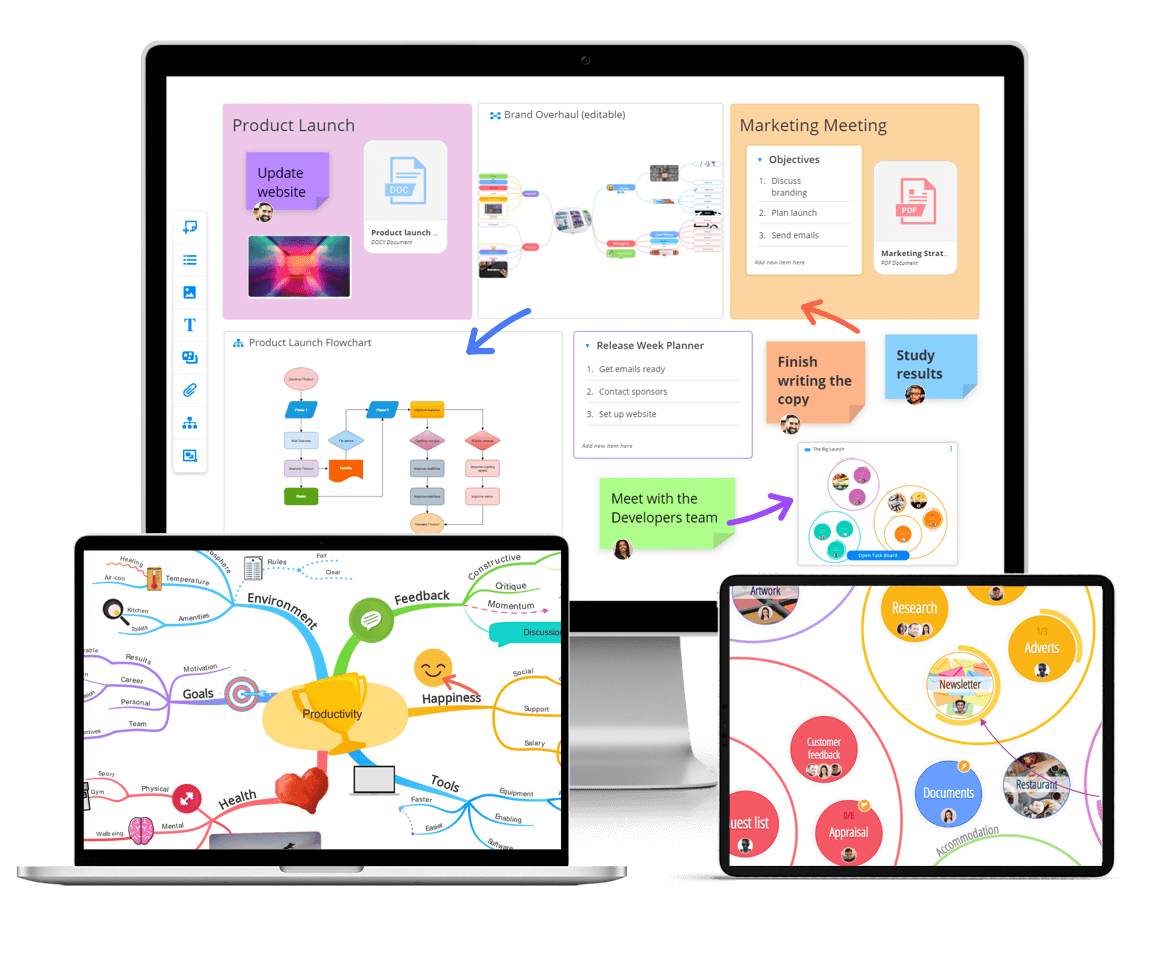September 17, 2021 (Updated April 3rd, 2024)
3 assistive tech tools your workplace should be using in 2021

Can you remember the first day of your current job? The butterflies in your stomach, the subtle thrum of excitement as you walked into a new building and embarked on the next part of your career. It’s always intimidating beginning a new role and meeting your new colleagues, yet it’s also an experience which – handled correctly – is empowering and rewarding.
Imagine, for a moment then, if you came in for your first day at your new place of work and there was no chair at your desk. Or no a desk at all. What about if you were expected to write by hand, when everyone else had a keyboard to type with? Not only would these things put you at a disadvantage, they’d also make you feel alienated from the rest of your working environment.
Assistive technology is an umbrella term which covers the range of systems and services which can help to aid people such as those who are neurodivergent or in other ways not typically abled. Every inclusive workplace should have a plethora of assistive tech tools ready to go in order to be fully inclusive of both new and existing employees. So, without further ado, here are 3 assistive tech tools your workplace should be using in 2021.
Screen readers
Screen readers are devices that allow those who are blind or visually impaired to access text on a device such as a computer or phone screen. A factsheet provides a basic overview of the page by speaking aloud the relevant text or instructions to help the user navigate their device and make use of it for work. In the UK, there are almost 2 million people living with sight loss. Having screen readers available in the workplace (even when none of your current employees have visual impairment issues) is good practice for when you might have visitors, or future employees who need extra support when using computers or other devices. The biggest benefit of screen readers is that they put both sighted and visually impaired people on a more equal footing, by allowing them to access the same information (the same information which would otherwise be unavailable to them).
Ayoa
How often have you had a list of tasks sent to you over email? Or showered down ideas in a group brainstorm with sticky notes and felt tips which ultimately go astray? Not only are these unproductive methods for work management and ideation, they aren’t inclusive for all employees because they rely heavily on text and fragmented information. About 1 in 7 people in the UK are estimated to be neurodivergent. Considering that, all truly inclusive companies should look to work with tools which are accessible to all employees. Ayoa is an all-in-one inclusive whiteboard, mind mapping and task management tool which is multi-view and highly visual. What this means is that one employee can view their work in a linear, kanban style – while another may pick a more visual board and add in details such as notification icons or photographs to make the overall span of information more accessible to them. Not only does this make daily work flexible and accessible to everyone, it means that all employees – both neurodivergent and neurotypical – can work together in a harmonious way.
Speech-to-text tools
For most people, typing out a quick email or outlining work in a document is second nature. However, for some neurodivergent people – such as those with dyslexia – the process is not so simple. Dyslexia is a neurological difference which causes problems with processing text, both in reading and writing. However, these difficulties rarely impact speech; while those with dyslexia may be perfectly capable of expressing themselves eloquently, when it comes to translating those words into text things get more difficult. This is where speech-to-text tools come in. They work by producing words spoken allowed in dictation into written text which can then be emailed or shared as the user would like. This can greatly speed up the process of daily work for dyslexic employees, and level the playing field once again by removing the strain of writing and typing. With a speech-to-text tool in your office, you can make daily work universally accessible to all employees regardless of their neurological makeup.

The all-in-one remote work toolkit
Ayoa is an all-in-one platform that allows students to mind map and plan with ease. Integrations with Dropbox and Google Drive allow you to stay productive and avoid switching between apps.
Try it for free
